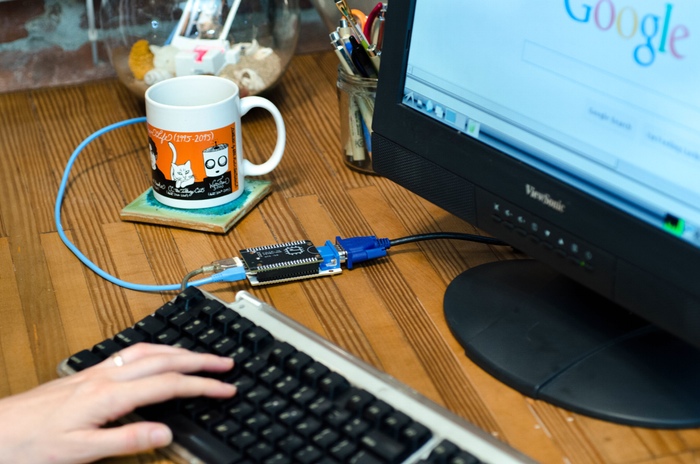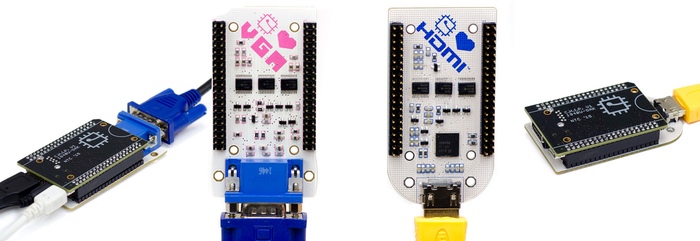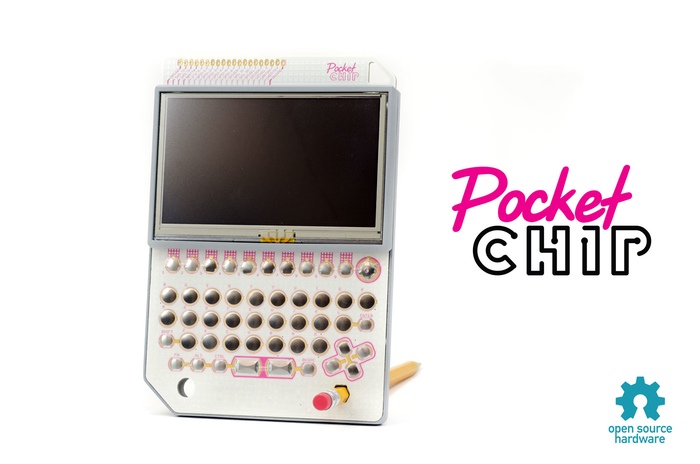Considering all the things it can do, the world’s first $9 computer is a real bargain. C.H.I.P., which was created by the folks over at Next Thing Co., can be used as a personal computer, retro games emulator, for robotics development, and more. You can pretty much connect whatever you want to turn it into whatever you want it to be.


Speaking to its specs, it’s important to keep in mind that C.H.I.P. is a barebones microcomputer. Translation: it’s not terribly powerful. Rather, it’s more so about enabling functionality. C.H.I.P. comes with a 1GHz Allwinner A13 processor, 512MB of RAM, and 4GB of internal flash storage; altogether, it’s enough to do some web browsing and run a few apps.

Again, though, it’s about functionality. C.H.I.P. comes with a full-sized USB port and an audio jack with a microphone that doubles as a way to output video via composite cable. It also has built-in WiFi 802.11 b/g/n and Bluetooth 4.0.
C.H.I.P. runs any Linux-based operating system and comes with a Debia-based OS; it also has access to an impressively large number of Linux apps.

It should be pointed out that if you want to hook C.H.I.P. up to an HDTV or modern computer display, you will need to purchase a separate HDMI or VGA adapter, which cost $15 and $10, respectively. These components snap on fairly easily, much like pieces of Lego.

Particularly impressive is the fact that you can carry C.H.I.P. around with you as a pocket computer by purchasing PocketC.H.I.P. This accessory allows the microcomputer to snap on, whereupon the user can enjoy the computer’s full functionalities on a 4.3-inch screen and with a QWERTY keyboard. Worth noting: PocketC.H.I.P. has a battery that lasts up to five hours per charge.

Right now C.H.I.P. is on crowd funding site Kickstarter, where it has long since surpassed its goal of $50,000. At the time this article is being written, it’s above $200,000 in promised funds, and still has 28 days to go.
Backer fulfillment is expected to be met May 2016.
To learn more about C.H.I.P., or to get one by pledging a $9 donation, check out the microcomputer’s Kickstarter page.
Advertisement
Learn more about Electronic Products Magazine





